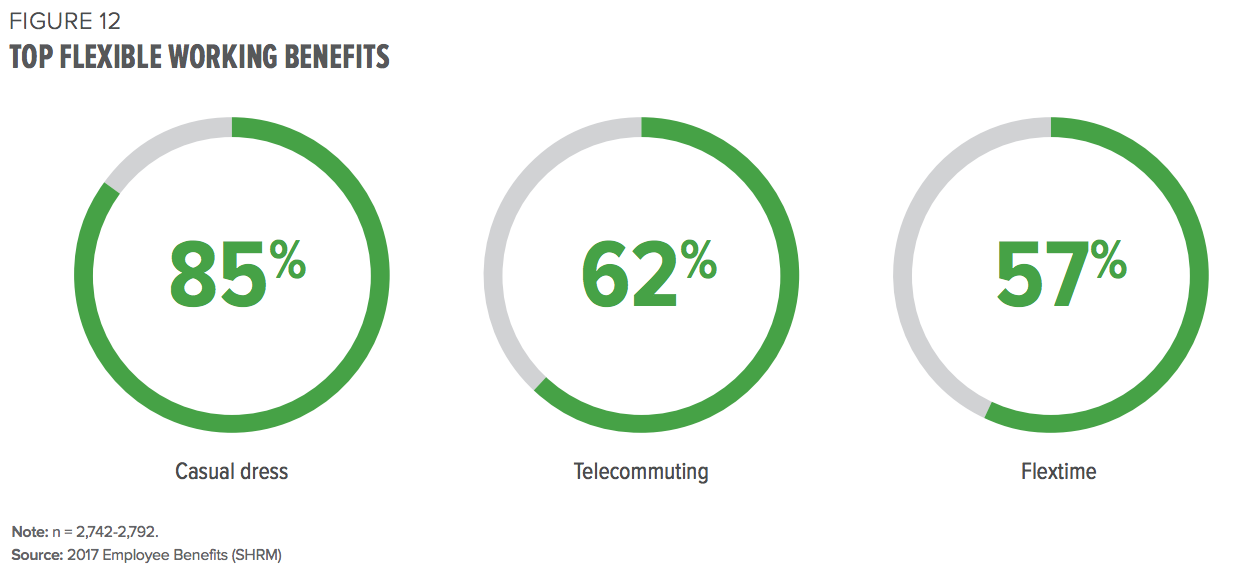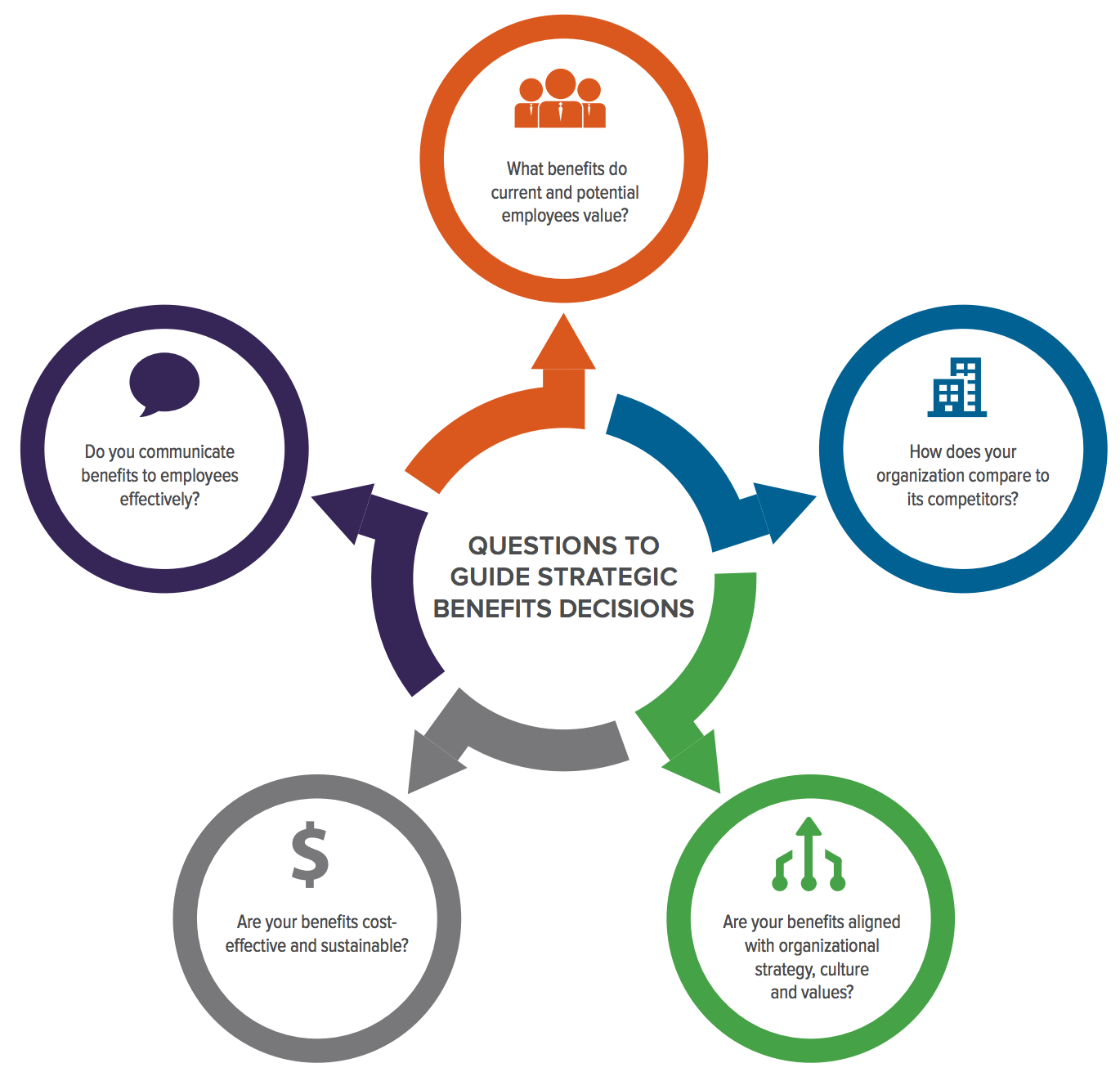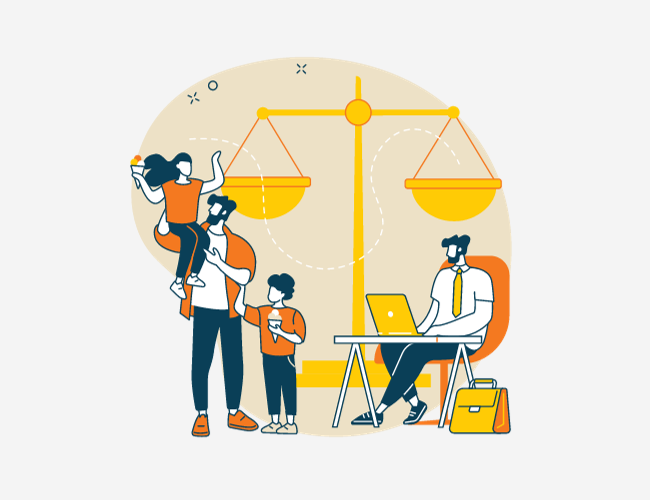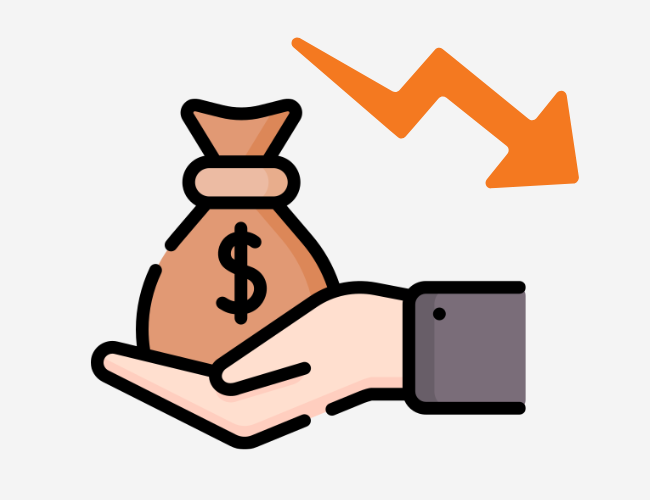As the war for talent persists, many employers are resorting to more attractive benefit packages. The Society of Human Resource Management’s 2017 Employee Benefits Survey set out to determine the size of this increase. Overall, improvements in health and wellness offerings were a popular strategy among organizations. Specifically, 22% of organizations surveyed expanded their healthcare offerings and 24% gave their wellness programs a boost.
Most Common Benefits
Popular strategies to help with recruiting are “expanding training programs to help improve skills of new hires, using/enhancing an employee referral program, offering more flexible work arrangements, providing monetary incentives to candidates (e.g., signing bonus) and offering new job perks. Of these strategies, HR professionals indicated that offering more flexible work arrangements was the most effective.” Two out of five organizations cited flexible arrangements as one of the most effective recruiting strategies.
Telecommuting is a common form of flexible work offers. In the survey, 62% of organizations allowed some type of telecommuting, while 57% offered flextime (allowing employees to choose their work hours within limits set by the organization). Thirty-five percent of organizations offer telecommuting on a part-time basis and 23% on a full-time basis. A four-day work week of 32 hours is a new benefit, offered at 13% of the organizations surveyed.

Wellness Programs Get A Boost
Twenty-four percent of organizations increased wellness benefits offerings in the past year. Wellness education was most common with 71% of organizations providing wellness resources and information and 62% providing wellness tips or information at least quarterly. About three out of five organizations (59%) offered a general wellness program. Overall, 77% of organizations indicated their wellness program was somewhat or very effective in reducing health care costs, and 88% rated their wellness initiatives as somewhat or very effective in improving employees’ health.
Standing out was the increase in the popularity of standing desks. This benefit grew three-fold from 13% in 2013 to 44% in 2017. This is despite research suggesting that standing desks do little to improve employee health but does help increase productivity.
Addressing Healthcare Costs
Two-thirds of organizations surveyed said they were very concerned about controlling health care costs while another 31% were somewhat concerned. This is not surprising since these costs continue to rise in the past year, with an 11% increase on average. One strategy that some organizations are using to mitigate healthcare costs is to implement restrictions on coverage for spouses and domestic partners. One of the more common cost-curbing strategies employers used was adding a surcharge or denying coverage if the employee’s spouse was offered coverage by another employer.
Health savings accounts (HSAs) are also an attractive option with 55% of organizations offering them in 2017 and 36% providing an employer contribution to the HSA. On the other hand, flexible spending accounts have seen a slight dip over the past years. In 2013, 72% of organizations were offering a flexible spending account compared to 65% this year.













